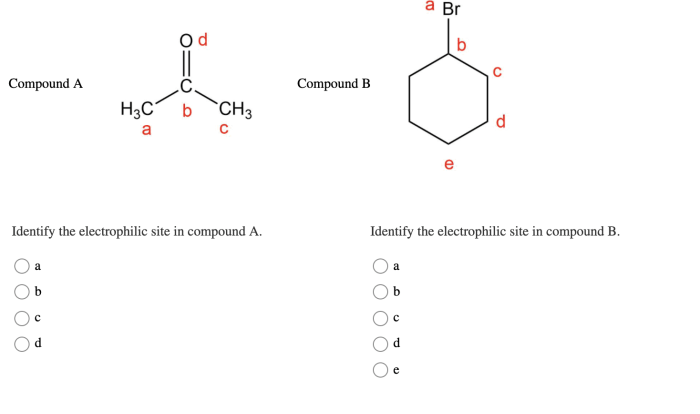Delving into the realm of Lewis dot structure mega worksheet, this comprehensive guide unveils the intricacies of chemical bonding with unmatched clarity and depth. Embark on a journey of discovery as we explore the fundamental principles, practical applications, and limitations of this invaluable tool in the world of chemistry.
Unravel the secrets of atomic symbols, valence electrons, and the intricate dance of bonds that shape molecular structures. Immerse yourself in step-by-step instructions for crafting Lewis dot structures, unlocking the secrets of molecular geometry and properties.
Introduction
Lewis dot structures are a convenient way to represent the bonding between atoms in a molecule. They show the valence electrons of each atom, which are the electrons that participate in chemical bonding. A Lewis dot structure mega worksheet can be a helpful tool for practicing creating Lewis dot structures.
Elements of a Lewis Dot Structure
A Lewis dot structure consists of the following components:
- Atomic symbols: The atomic symbol of an element represents the element itself. For example, the atomic symbol for hydrogen is H, and the atomic symbol for oxygen is O.
- Valence electrons: The valence electrons of an element are the electrons in the outermost energy level of the atom. For example, hydrogen has one valence electron, and oxygen has six valence electrons.
- Bonds: A bond is a connection between two atoms. Bonds are represented by lines in a Lewis dot structure. For example, a single bond is represented by a single line, and a double bond is represented by two lines.
Creating Lewis Dot Structures
To create a Lewis dot structure, follow these steps:
- Write the atomic symbol for each atom in the molecule.
- Count the total number of valence electrons in the molecule.
- Arrange the atoms in the molecule so that they share electrons to form bonds.
- Place the remaining valence electrons on the atoms as lone pairs.
Using a Lewis Dot Structure Mega Worksheet
A Lewis dot structure mega worksheet can be a helpful tool for practicing creating Lewis dot structures. A mega worksheet typically contains a large number of practice problems, which can help you to improve your skills and understanding of Lewis dot structures.
To use a Lewis dot structure mega worksheet, simply follow the instructions on the worksheet. Most worksheets will provide you with a set of atoms or molecules and ask you to create the corresponding Lewis dot structure. Once you have completed the worksheet, you can check your answers against the answer key.
Advanced Applications of Lewis Dot Structures: Lewis Dot Structure Mega Worksheet
Lewis dot structures can be used to predict a variety of molecular properties, including:
- Bond length: The bond length between two atoms is the distance between the nuclei of the two atoms. Lewis dot structures can be used to predict bond lengths by using the following equation:
Bond length = (r1 + r2) / 2
where r1 and r2 are the covalent radii of the two atoms.
- Bond angle: The bond angle between three atoms is the angle between the lines connecting the nuclei of the three atoms. Lewis dot structures can be used to predict bond angles by using the following equation:
Bond angle = cos -1[(r1 – r2) / (r1 + r2)]
where r1 and r2 are the covalent radii of the two atoms.
- Molecular shape: The molecular shape of a molecule is the three-dimensional arrangement of the atoms in the molecule. Lewis dot structures can be used to predict molecular shapes by using the following equation:
Molecular shape = AX nE m
where A is the central atom, X is a ligand atom, n is the number of ligand atoms, and m is the number of lone pairs on the central atom.
Limitations of Lewis Dot Structures
Lewis dot structures are a useful tool for understanding the bonding between atoms, but they have some limitations. Lewis dot structures cannot represent:
- Resonance: Resonance is a phenomenon that occurs when a molecule can be represented by two or more Lewis dot structures. For example, the benzene molecule can be represented by two resonance structures.
- Delocalized electrons: Delocalized electrons are electrons that are not associated with a particular atom. For example, the electrons in the pi bonds of benzene are delocalized.
- Hypervalent molecules: Hypervalent molecules are molecules that have more than eight electrons around the central atom. For example, the sulfur hexafluoride molecule is a hypervalent molecule.
Helpful Answers
What is the purpose of a Lewis dot structure mega worksheet?
A Lewis dot structure mega worksheet provides a comprehensive practice platform to enhance your skills in drawing and interpreting Lewis dot structures, fostering a deeper understanding of chemical bonding.
How can I use a Lewis dot structure mega worksheet effectively?
Maximize the benefits of a Lewis dot structure mega worksheet by systematically practicing the construction of structures for various elements and molecules, analyzing their bonding patterns, and identifying their molecular shapes.
